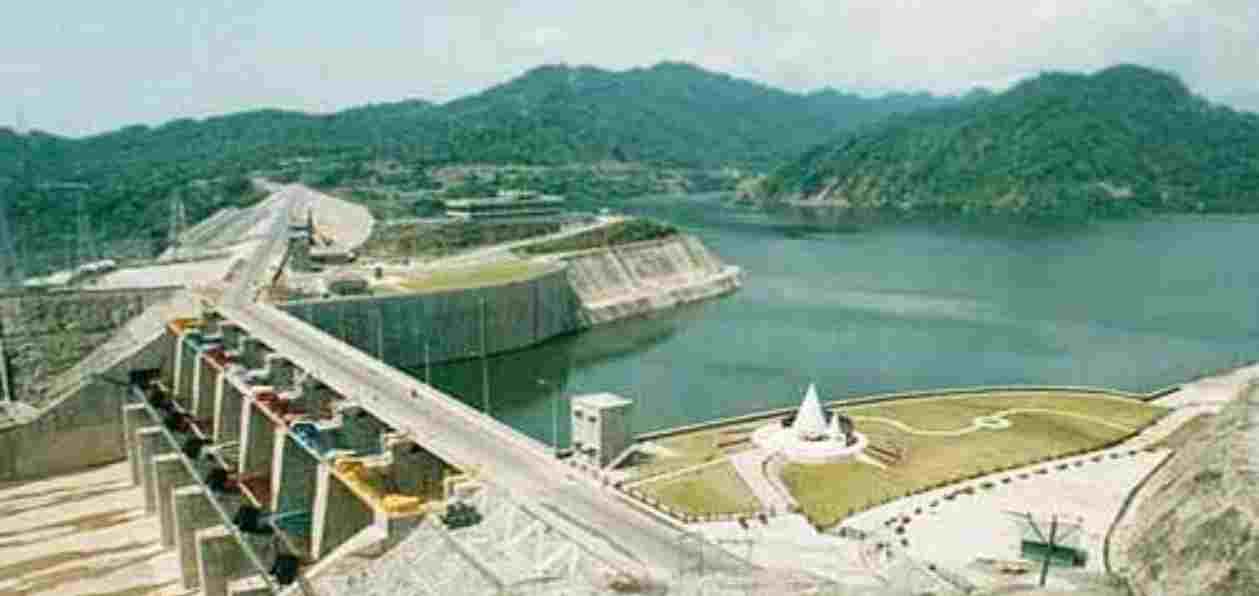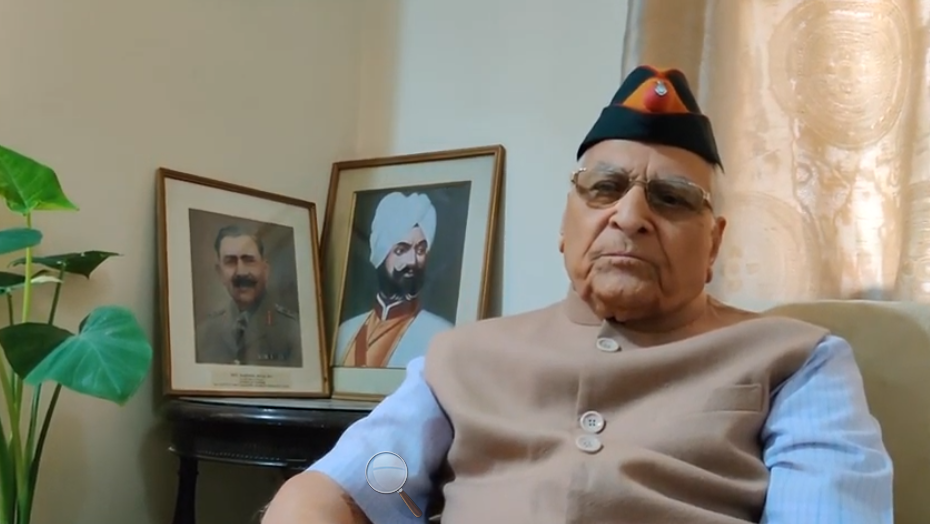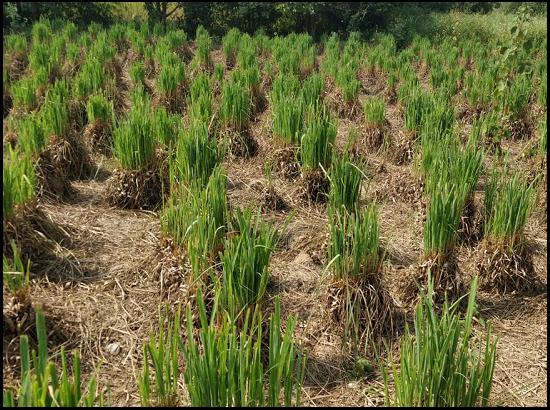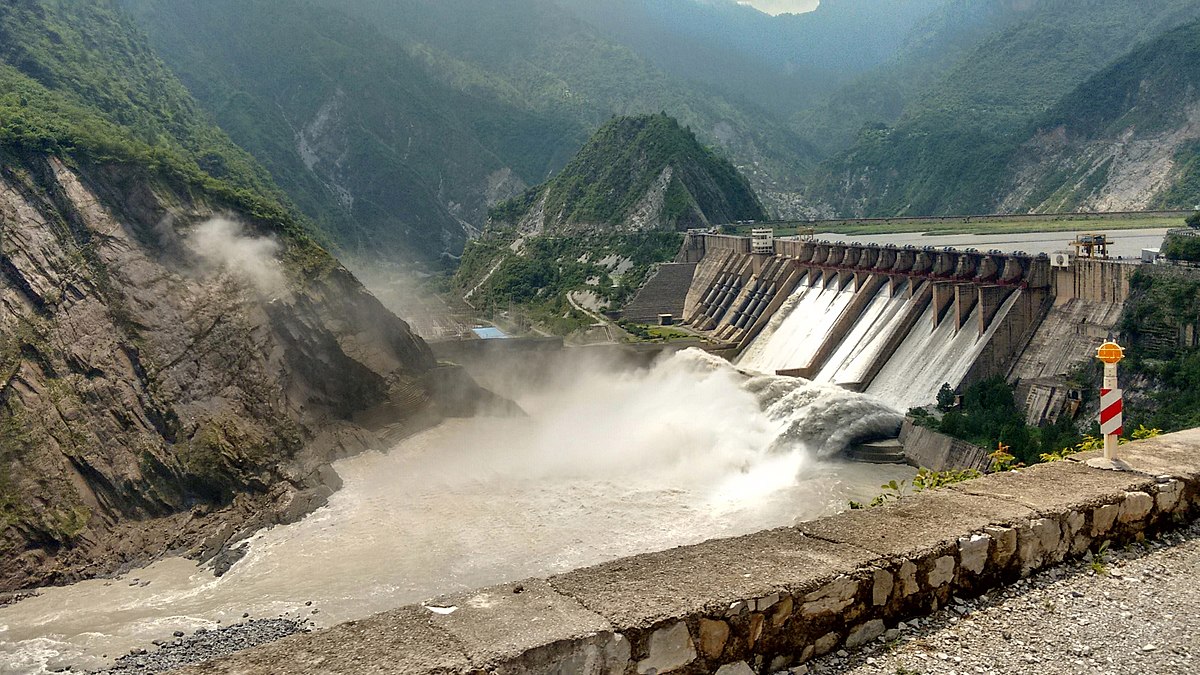
As a young journalist, I have walked with Veteran Maj Gen (Retd) Govanrdhan Singh Jamwal across Jammu’s Kandi areas of Kathua and Samba district bordering the fertile plains of Punjab. Nothing much grew on the land due to non-existent irrigation canals; one could see thorny bushes resembling those growing in deserts popping out of the arid land here and there. People stoically complained of water scarcity and despondency was writ large on their faces.
Jamwal, a true Dogra soldier, had waged a war to create awareness about the need to conserve water through check dams and the revival of talab (traditional water tanks) through rainwater harvesting.
As reporters, we regularly filed stories about the construction of a Barrage over the Ravi River that could store the waters of this river flowing to Pakistan. The project was envisaged to produce electricity and be a source of irrigation for J&K and even Rajasthan.
Our stories veered around agreements and disagreements between the governments of Punjab and J&K, scarcity of funds, delays and cost escalations, and the unaffordability of the project. The project seemed doomed from the beginning. In due course, it was almost shelved and dead and forgotten. The farmers of the Kandi areas continued to live in misery and Maj Gen Jamwal with his mission.
Finally, the Shahpur Kandi dam over river Ravi is complete and soon its waters will gush to irrigate about 32,000 acres of arid land in Kathua and Samba. One can imagine the change it will bring to the lives of the people there.
 Maj Gen (retd) Govardhan Singh Jamwal
Maj Gen (retd) Govardhan Singh Jamwal
This project should be studied to understand all that was wrong with the governance in Jammu and Kashmir as a state with its privileged status under Article 370. It should also be studied to understand the new approach of the Narendra Modi government towards the youngest UT and troublesome neighbour Pakistan.
Under the project, J&K will also receive 20% of the power generated by the Hydroelectric project while Punjab gets the lion’s share. Rajasthan will also get the water for irrigation. It’s a win-win situation for all and therefore all the right-thinking people are wondering why this project was hanging fire for nearly five decades.
The water storage in the Shahpur Kandi dam will reduce the flow of water to Pakistan from the Madhopur head (Punjab) and India is within its right to do so. Pakistanis are crying over and calling it “India’s revenge” and “Water terrorism” not ready to accept the fact that India is playing by the rules and not breaking any agreements. Despite Prime Minister Narendra Modi saying at a high-level meeting in September 2016 after the killing of 18 Army men in Uri by the Pakistan-backed Lashkar-e-toiba that “rakt aur pani eeksaath nahi bah sakta” (Blood and water cannot flow simultaneously), India has not violated the Indus Water Treaty (IWT).
Under the IWT signed between India and Pakistan in 1960, India is free to use the waters of the Ravi, Beas, and Sutlej rivers while Pakistan can use the Chenab, Indus, and Jhelum. The agreement often touted as a model one on the sharing of resources by neighbouring countries, was signed with the World Bank as guarantor. India is not only adhering to the clauses of the IWT but also only making use of the waters that Pakistan cannot utilize due to lack of dams and that ends up in the sea.
 Kandi area of Samba, Jammu
Kandi area of Samba, Jammu
India is not playing dirty, as Pakistani media and some Indians are propagating; New Delhi has been meticulously following the IWT for six decades. I remember my engineer father and his colleagues burning the midnight oil in Jyotipuram, the residential colony of the employees of the Salal Project – the biggest hydro-electric project in J&K so far – to make presentations for the Pakistani team on the features of the under-construction dam at Salal on the Chenab river in Jammu. It was an era sans computers and everything was handwritten or at the most typed on Remington typewriters.
We, as school children, would look out for official convoys with Pakistani guests while going to or returning from school on our buses; it was quite an exotic event for us. Salal Dam is located close to the site of vast Lithium reserves struck by the Geological Survey of India last year.
 Salal Dam in Jammu that passed through the scrutiny of Pakistani experts
Salal Dam in Jammu that passed through the scrutiny of Pakistani experts
Pakistan media and political leaders are crying over the barrage. The country's media is predicting that Ravi mentioned in ancient scriptures as Irawati and a lifeline of Lahore city will dry up. It would have a catastrophic impact on Pakistan’s agricultural output. The fields would dry up and Punjab would face acute scarcity of water. It will eventually lead to a drastic fall in the agricultural output of the country.
Pakistan Observer wrote,”The natural flow of water from India to Pakistan through River Ravi is disrupted, violating the water rights of Pakistan. Pakistan relies on the Ravi River water for numerous purposes, agriculture being the priority. Pakistan’s economy heavily depends upon agriculture contributing approximately 24 percent to the country’s Gross Domestic Product (GDP) as a main source of income for many farmers.”
ALSO READ: Why Pakistani leaders call Kargil operation 'Musharraf’s misadventure?'
However, Pakistan has not constructed a single reservoir or dam on the three rivers it has the right to utilize in 75 years of its existence. Its major dam is in POK – Mangla Dam – over River Jhelum while India has constructed seven dams in J&K alone while a dozen are in the pipeline. These dams have been scrutinized by Pakistan under the IWT and have also gone through arbitration at the International Court of Justice.
India is standing firm on its ground both morally and legally to improve the lives of its people.
